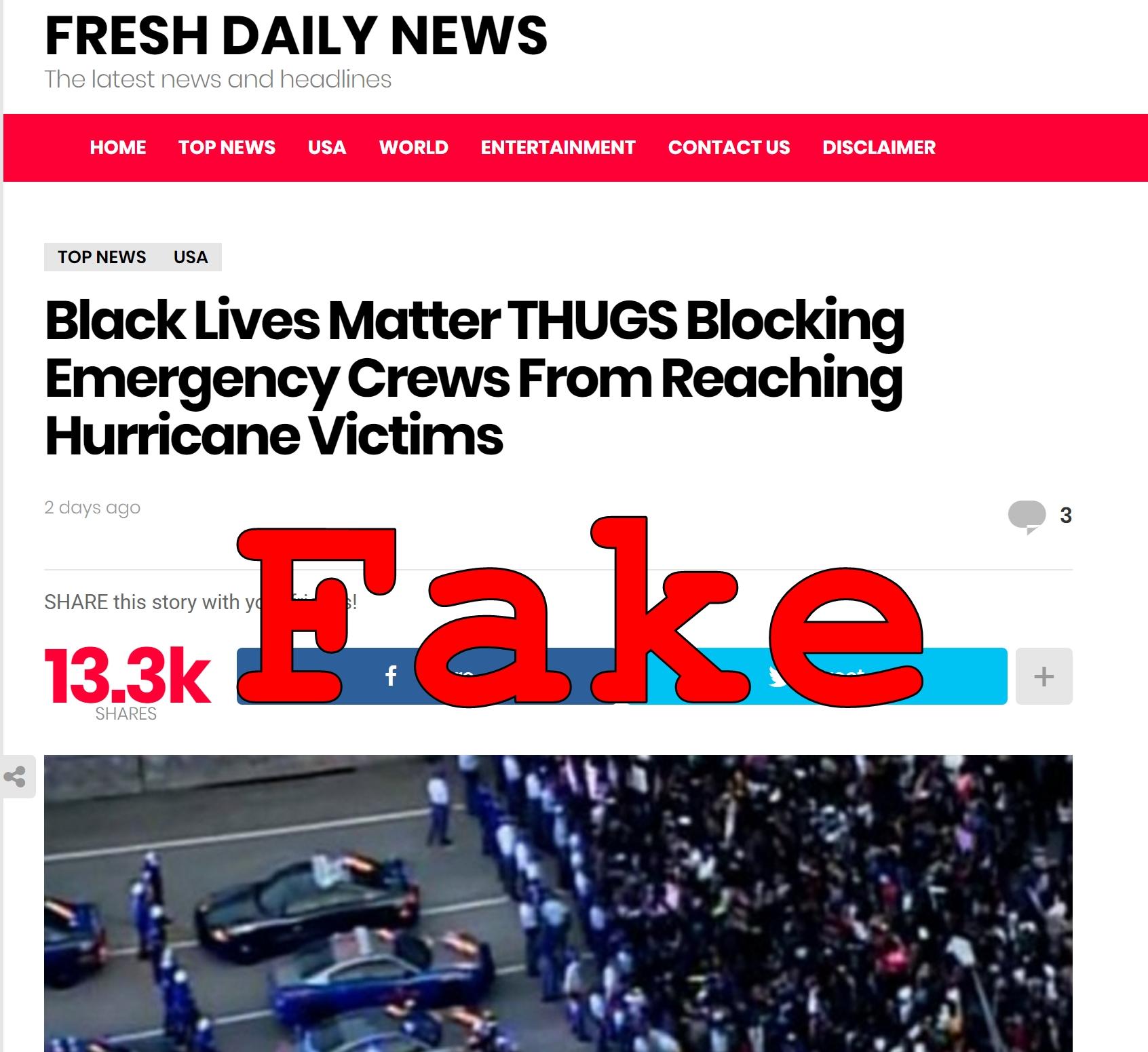When everything gets boiled down ... there are only three things a good PIO or crisis comms practitioner needs to do at the onset of an incident to communicate effectively:
- Convey you're aware of the situation ...
- Say what you're doing about it ...
- Indicate how you'll keep informing your audiences ...
All the while doing these three things, realizing you'll be under constant scrutiny from the media, your stakeholders and the public. If you want more on the new incident comms imperatives and social convergence ... here's a full presentation.
Since I first started focusing on social convergence and incident/crisis comms (10 years go now !), two main things have changed:
- we're in a post-truth era
- we're in a constant state of outrage (via social networks)
This evolution means certain things long-taken during incidents need to be reconsidered ... I somewhat indelicately put it this way on Twitter:
The first one seems self-evident ... the NRA's hold on so many elected officials in the US has made the very phrase "Thoughts and Prayers" a joke.
The other one is even worse ... Politicians can't resist a crisis if they think they'll be seen as "leaders" ...but it can often go sideways even when the best intentions are involved. It's so simple for someone to completely derail a photo opp during an emergency of any kind. Why would you invite that kind of trouble?
Make the better choice! Forget those two things ... stick with action ...real, meaningful action.

